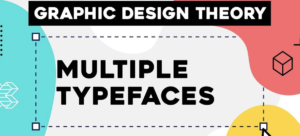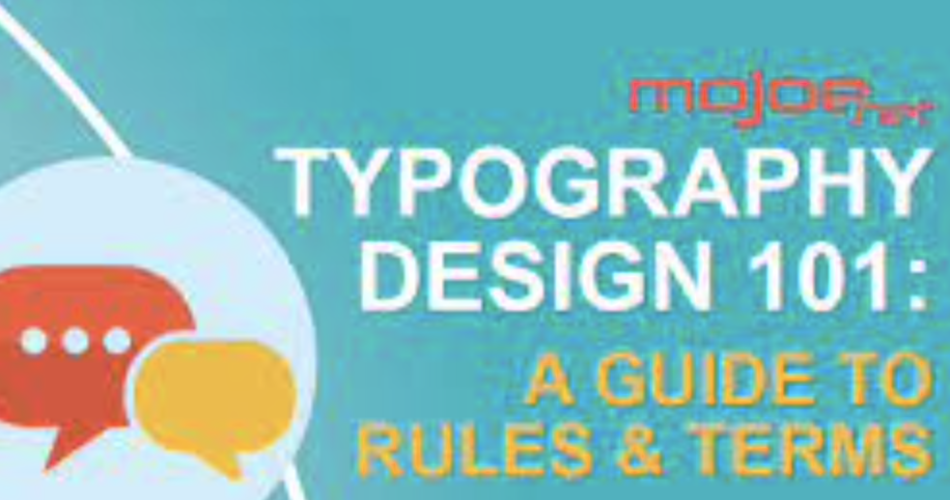Are you ready to dive into the world of typography design? Whether you’re a beginner or a seasoned pro, understanding the basics of typography is essential for creating visually captivating designs. In this article, we’ll explore Typography Design 101, covering everything from font selection to layout techniques. Join us as we unravel the art and science behind effective typography.
Importance of Typography in Design
Typography is more than just picking a font; it’s about using type creatively to convey your message and evoke emotions. The right typography can make or break a design, influencing how your audience perceives and interacts with your content. Typography sets the tone, establishes hierarchy, and guides the reader’s eye through the design.
When done well, typography enhances readability, making it easier for users to consume information. It adds personality and style to your design, giving it a unique and memorable edge. Typography is a powerful tool that can make your design stand out and leave a lasting impression on your audience.
Elements of Typography Design
To master typography design, it’s important to understand the fundamental elements that make up typography. These elements include font selection, hierarchy, alignment, spacing, and color. Each element plays a crucial role in creating visually appealing and effective designs.
Choosing the Right Typeface
The first step in typography design is selecting the right typeface. There are various font categories to choose from, each with its own unique characteristics. Serif fonts, with their small decorative lines at the ends of each stroke, convey a sense of tradition and elegance. Sans-serif fonts, on the other hand, have a clean and modern look, making them popular for digital designs. Script fonts bring a touch of elegance and sophistication, while display fonts are bold and attention-grabbing.
When choosing a typeface, consider the tone and message you want to convey. Different typefaces evoke different emotions and can communicate different brand personalities. It’s important to find a typeface that aligns with your design’s purpose and resonates with your target audience.
Understanding Typography Hierarchy
Typography hierarchy refers to the arrangement and emphasis of different elements within a design. It helps guide the reader’s eye through the information and establishes a visual hierarchy of importance. By using size, weight, and style variations, you can create a clear and organized structure in your design.
Headings and subheadings are typically larger and bolder to grab attention and indicate importance. Body text is usually smaller and lighter to maintain readability. By establishing a clear hierarchy, you can ensure that your design effectively communicates its intended message.
Typography Alignment and Spacing
Alignment and spacing play a crucial role in the overall aesthetics and readability of a design. Aligning text elements can create a sense of order and balance, while improper alignment can make a design appear chaotic. There are different alignment options to choose from, including left-aligned, right-aligned, centered, and justified alignment. Experiment with different alignments to find the one that best suits your design.
Spacing, on the other hand, refers to the amount of space between letters, words, and lines of text. Proper spacing ensures readability and prevents text from appearing cramped or spread out. Pay attention to kerning, leading, and tracking to achieve optimal spacing in your designs.
Color and Typography

typography design 101
Color plays a significant role in typography design, as it can evoke emotions and enhance the overall visual impact. When it comes to color and typography, it’s important to consider contrast and legibility. Ensure that the color of your text stands out against the background and is easy to read.
Experiment with color combinations to create visually appealing designs. Consider using color to highlight important information or create visual interest in your typography. However, be mindful of using too many colors, as it can distract and overwhelm the viewer.
Typography in Branding and Logo Design
Typography plays a crucial role in branding and logo design. It helps establish brand identity and communicate the essence of a company or product. The right typography can evoke specific emotions and create a memorable visual representation of a brand.
When choosing typography for branding and logo design, consider the brand’s personality, target audience, and industry. Typography should align with the brand’s values and convey the desired message. Whether it’s a bold and modern typeface for a tech company or a sophisticated script font for a luxury brand, typography can enhance brand recognition and leave a lasting impression.
Tips for Effective Typography Design
Now that we’ve explored the essential elements of typography design , let’s dive into some tips to help you create effective and visually captivating designs:
- Understand the purpose: Before diving into typography design, understand the purpose of your design and the message you want to convey. This will guide your font selection, hierarchy, and overall design approach.
- Limit font choices: Using too many fonts can create visual clutter and confusion. Stick to a few complementary fonts to maintain consistency and coherence throughout your design.
- Experiment with contrast: Contrast in size, weight, and style can create visual interest and hierarchy. Experiment with different levels of contrast to highlight important elements and guide the reader’s eye.
- Use whitespace strategically: Whitespace, or negative space, is a powerful design element that can enhance readability and create visual balance. Don’t be afraid to let your typography breathe and give it room to shine.
- Test for readability: Always prioritize readability. Ensure that your chosen typeface, size, and spacing are legible across various devices and platforms. Test your design on different screens and get feedback from others to ensure optimal readability.
- Be consistent: Consistency is key in typography design 101. Use consistent font sizes, styles, and alignment throughout your design to maintain a cohesive look and feel.
- Stay up to date: Keep up with the latest typography trends and design practices. Typography is constantly evolving, and staying informed will help you create designs that are fresh and relevant.
Conclusion
Typography is a powerful tool that can elevate your designs from ordinary to extraordinary. By understanding the elements of typography design , choosing the right typeface, establishing hierarchy, aligning text properly, and using color strategically, you can create visually captivating designs that effectively communicate your message. Remember to experiment, stay consistent, and always prioritize readability. Now, armed with these typography design 101 principles, go forth and unleash the creative potential of type in your designs.

